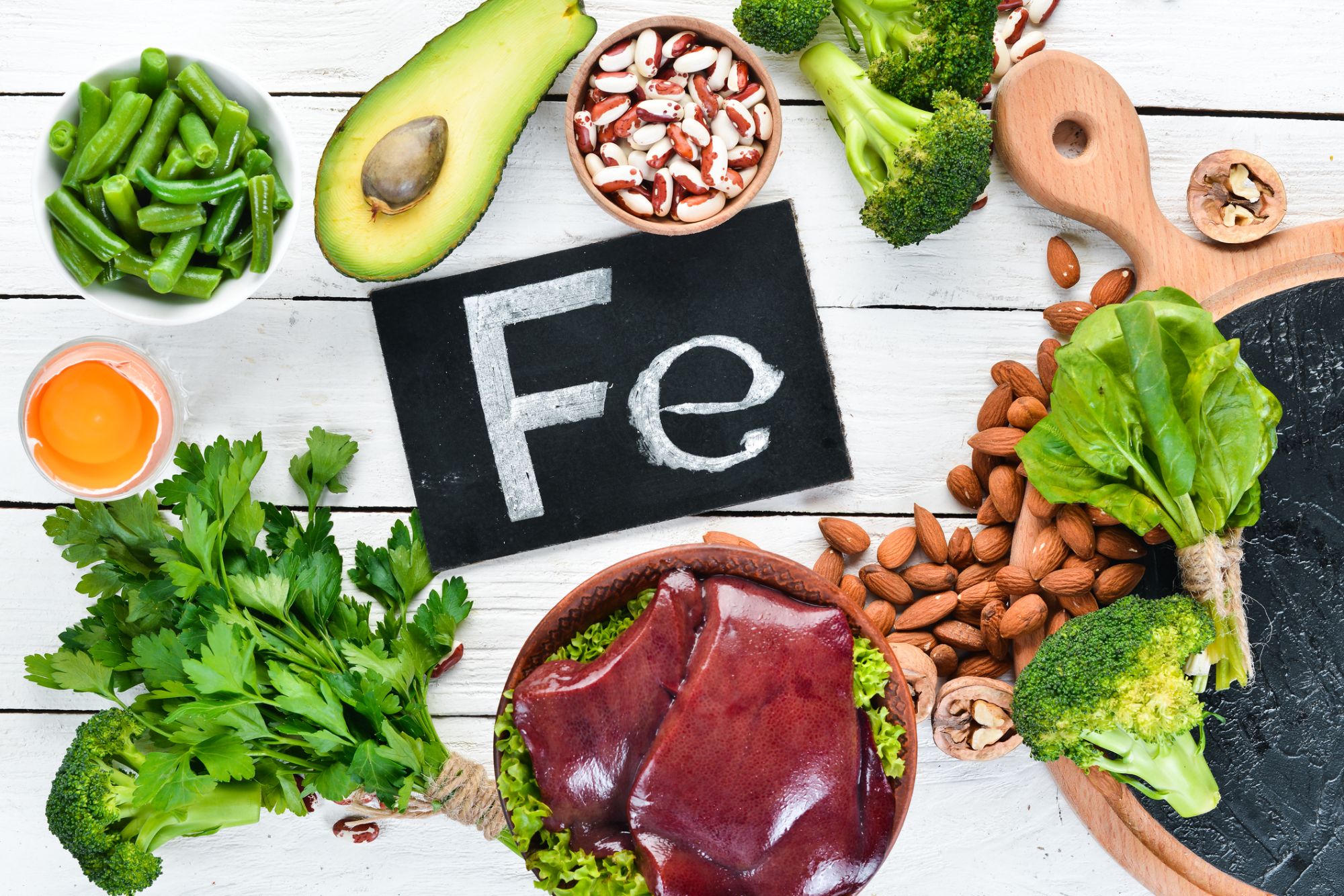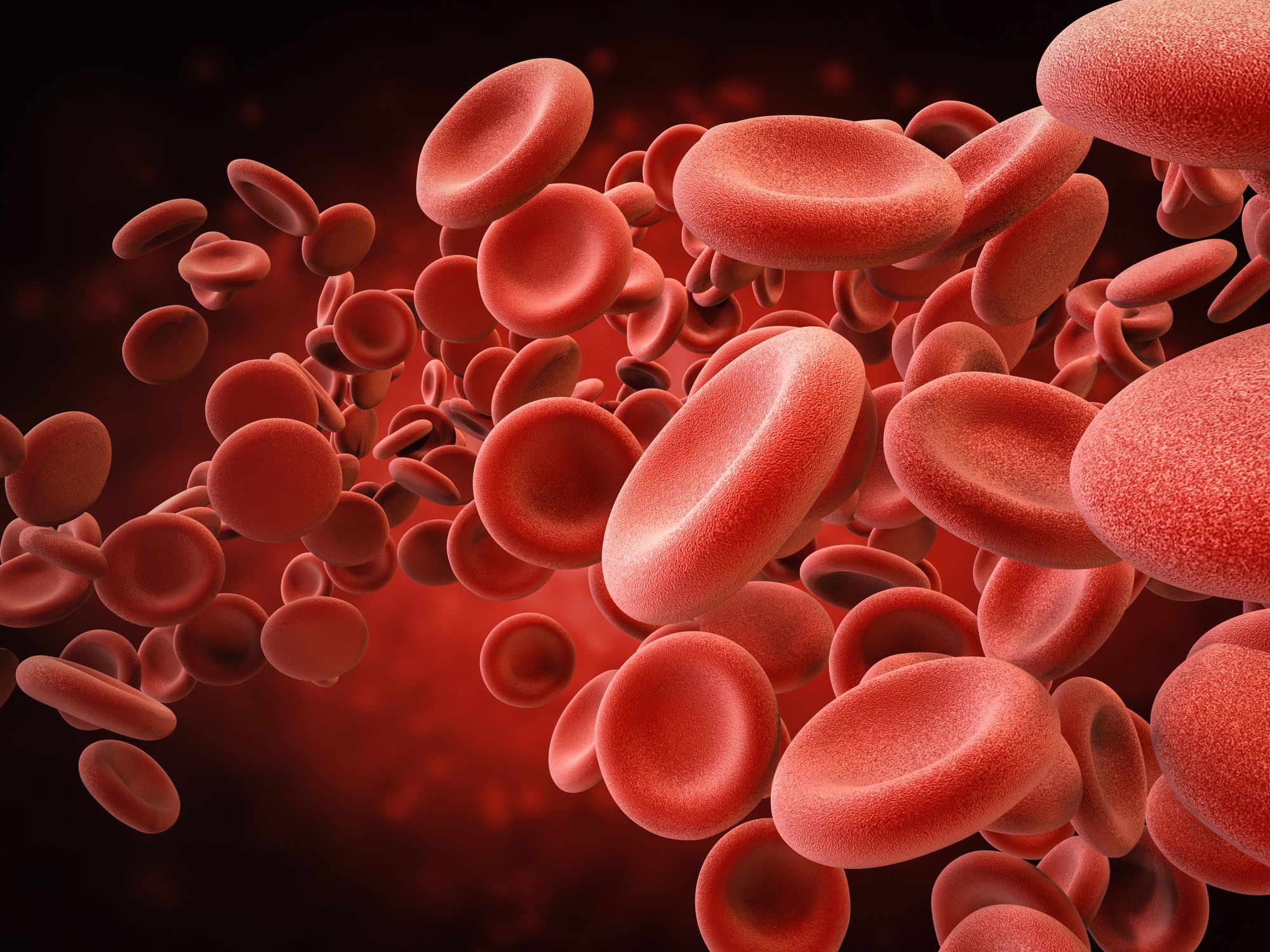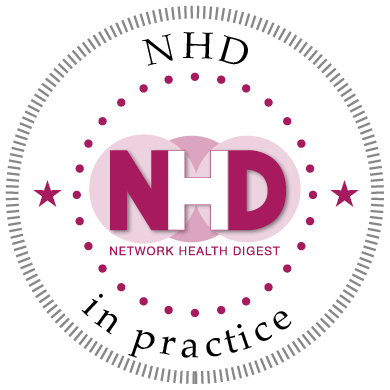
Emma has been a Registered Dietitian for over 17 years and has experience in adult and paediatric dietetics. She has been the Editor of NHD for seven years, steering the editorial content and supporting the production process. Emma currently works in industry.
Emma Coates, RD
Iron deficiency: maintaining and highlighting awareness

Held each year on the 26th of November, Iron Deficiency Day raises awareness for those living with lack of iron as a result of iron deficiency or who experience iron deficiency anaemia.
This global event is a focal point to bring key stakeholders together and campaigns for better understanding and action around this vital nutrient.(1)
WHY IS IRON IMPORTANT?
Iron is a key nutrient for health and well-being. It’s a component of red bloods cells, which carry oxygen in the blood. It’s also needed for growth and muscle development and plays an important role in maintaining a health immune system.(1-4)
Our red blood cells contain haemoglobin, which is required to store and move oxygen around the body. When a deficiency of iron occurs, fewer red blood cells are produced, leading to less haemoglobin to carry the oxygen our body needs to function. This means less oxygen is transported around the body, which can cause a variety of symptoms.
Symptoms
Symptoms can vary from person to person and can be dependent on the extent of the deficiency.
Common symptoms of iron deficiency include: (2-4)
- Tiredness
- Fatigue
- Poor concentration
- Shortness of breath
- Heart palpitations
- Pale complexion
Other symptoms can occur, which include: (2-4)
- Brittle nails
- Thinning hair
- Itchy skin (pruritus)
- Mouth ulcers
- Sore or abnormally smooth tongue
- Cracks in the corner of the mouth (Angular cheilitis/stomatitis)

WHO IS AT RISK?
- Women and those with chronic conditions, such as inflammatory bowel disease, chronic kidney disease or heart failure, are at particular risk.
- Women of reproductive age are at risk if they experience heavy periods or they become pregnant.(3) Some women may need more iron during pregnancy, which is important to address as iron deficiency anaemia can increase the risk of complications at delivery and can lead to lower birth weights.(6) Iron intakes of women of reproductive age in the UK have been found to be suboptimal,(7) as reflected in global statics with one in three non-pregnant women of reproductive age experiencing anaemia, which is commonly linked with sustained iron deficiency.(6)
- Vegetarians or vegans who follow a varied and healthy non-meat/plant-based diet, which includes a range of suitable iron- containing foods, should be able to meet their requirements for iron. Plant-based iron sources such as vegetables, beans, lentils, wholegrains and fortified breakfast cereals are encouraged.(4) However, iron deficiency can occur in these groups if the non-meat-containing or plant-based food choices do not supply adequate amounts of iron.(5)
- Iron deficiency can present in many other patient groups, such as those living with stomach ulcers, stomach or bowel cancer. Medications such as non-steroidal anti-inflammatory drugs (NSAIDs) can increase risk too.(3)
HOW MUCH IRON DO WE NEED?
Iron requirements will vary across the lifespan and absorption of iron can be disrupted by many diseases and conditions. Here are the UK RNIs for iron:(8)
Reference Nutrient Intake (µg per day)
Adolescent females (11-18 years) 14.8
Adolescent males (11-18 years) 11.3
Females (19-50 years) 14.8
Males (19-50 years) 8.7
Females (50+ years) 8.7
Males (50+ years) 8.7

GETTING THE IRON IN
No amount of ironing, listening to heavy metal music or watching Ironman movies will contribute to your iron intake! I’m sure there’s probably no disappointment regarding the ironing but you may feel a little sad about the Marvel films, particularly if you’re a Robert Downey Jr fan. Iron must come from the diet, or in some cases, via supplementation where appropriate.
However, not all iron is the same and depending on the source of the iron, absorption can differ. The table below shows the different sources of iron and the factors that can inhibit or support iron absorption:(3,4)
Haem iron (animal based):
- Well absorbed
- Found red meats and offal
- Some iron also comes from fish and poultry
Non-haem iron (plant based):
- Absorbed but optimised when eaten with vitamin C and/or animal protein source
Found in dark green leafy vegetables such as kale and broccoli and also in beans, peas, lentils, nuts and seeds
Fortified foods:
- Many breakfast cereals are fortified with iron.
- In the UK, all bread (excluding wholemeal) is fortified with iron.
- Infant formula is fortified with iron.
Iron inhibitors:
- Substances such as phytates (found in bran-type cereals), tannins (found in tea and coffee) and calcium can inhibit iron absorption.
- Additionally, medications such as proton pump inhibitors (PPIs) or antacids can have this effect too.
Following a healthy, varied diet will ensure that most people consume enough iron to meet their needs.
SUPPLEMENTATION
Where iron deficiency anaemia is diagnosed or in those who are at risk of developing the condition, supplementation may prescribed.
Oral supplementation is commonly prescribed as a course of tablets, usually in the form of ferrous sulphate; and one to three taken per day for three months or after the deficiency is corrected.(3,9)
Whilst this can be an effective treatment, side effects can occur, which include: abdominal pain or discomfort, changes in bowel habits (constipation/diarrhoea), indigestion, nausea and black stools.(3) If side effects become an issue, the dosage may be adjusted or an alternative iron supplement can be provided.3 In some conditions, iron injections may be indicated and used instead of oral supplementation.
Find more information about Iron Deficiency Day here - Raise Awareness | Take Iron Seriously
References
- Take Iron Seriously (2023) Raise awareness for iron deficiency Raise Awareness | Take Iron Seriously
- NHS (2021) Iron deficiency anaemia Iron deficiency anaemia - NHS (www.nhs.uk)
- NHS Inform (2023) Iron deficiency anaemia Iron deficiency anaemia - Illnesses & conditions | NHS inform
- British Dietetic Association (2023) Food Fact Sheet: Iron Iron (bda.uk.com)
- British Nutrition Foundation (2023) Vitamins and minerals - British Nutrition Foundation
- Fernandez and De-Regil (2020) Iron supplements taken one, two or three times a week for preventing anaemia, and its consequences in menstruating women Iron supplements taken one, two or three times a week for preventing anaemia, and its consequences in menstruating women | Cochrane
- Public Health England (PHE) (2020) NDNS 2020, Results from the National Diet and Nutrition Survey rolling programme for 2016 to 2017 and 2018 to 2019 for food consumption, nutrient intakes and nutritional status. NDNS: results from years 9 to 11 (combined) – statistical summary - GOV.UK (www.gov.uk)
- Department of Health (1991) Dietary Reference Values. HMSO, London publishing.service.gov.uk/media/5bab98f7ed915d2bb2f56367/Dietary_Reference_Values_for_Food_Energy_and_Nutrients_for_the_United_Kingdom__1991_.pdf
- NICE (2023) Anaemia – iron deficiency: Summary Anaemia - iron deficiency | Health topics A to Z | CKS | NICE

